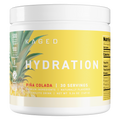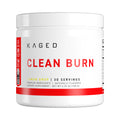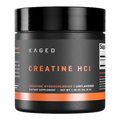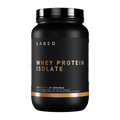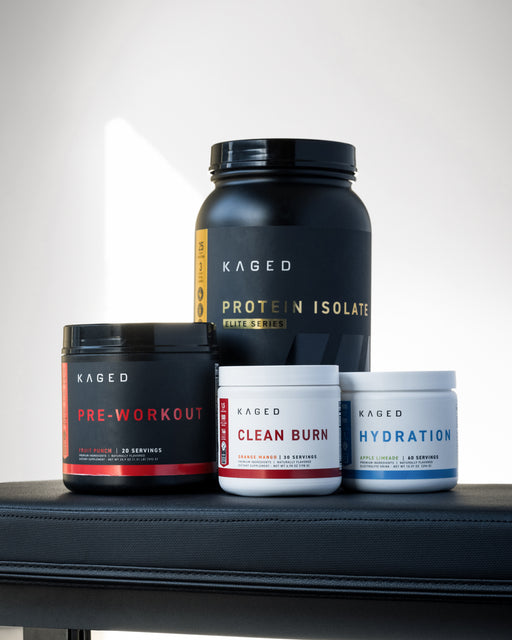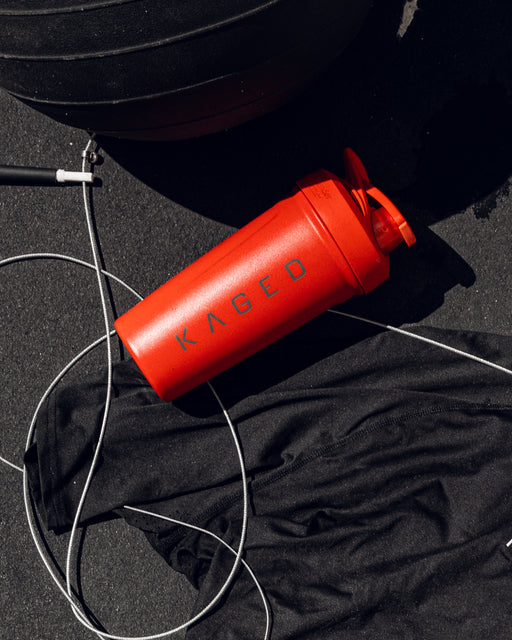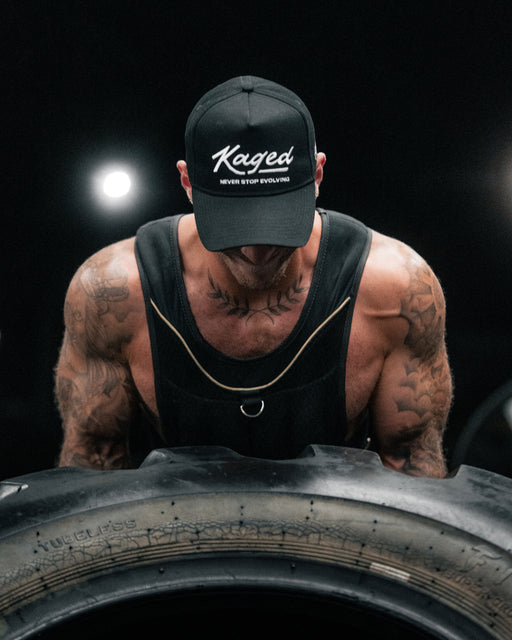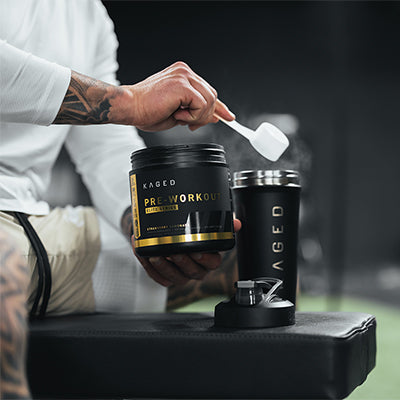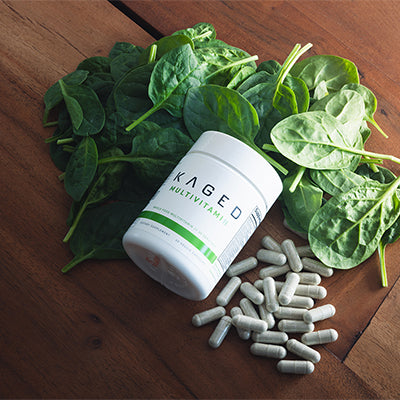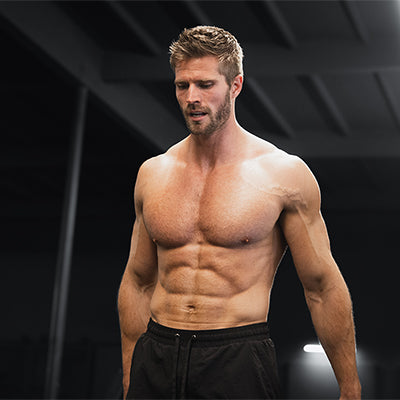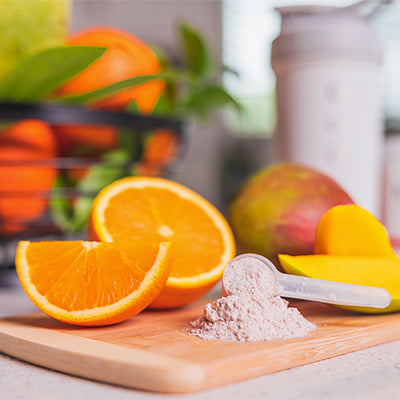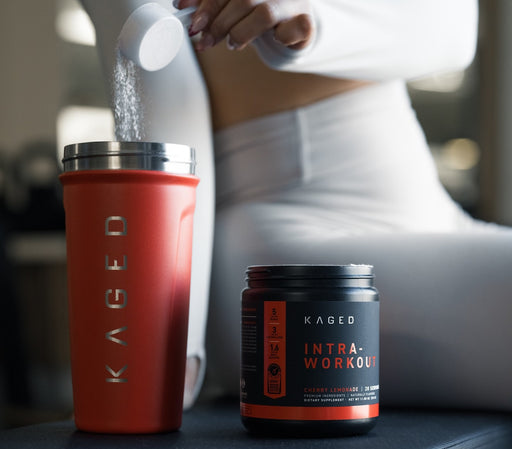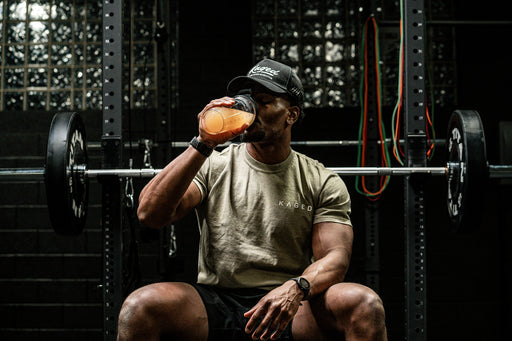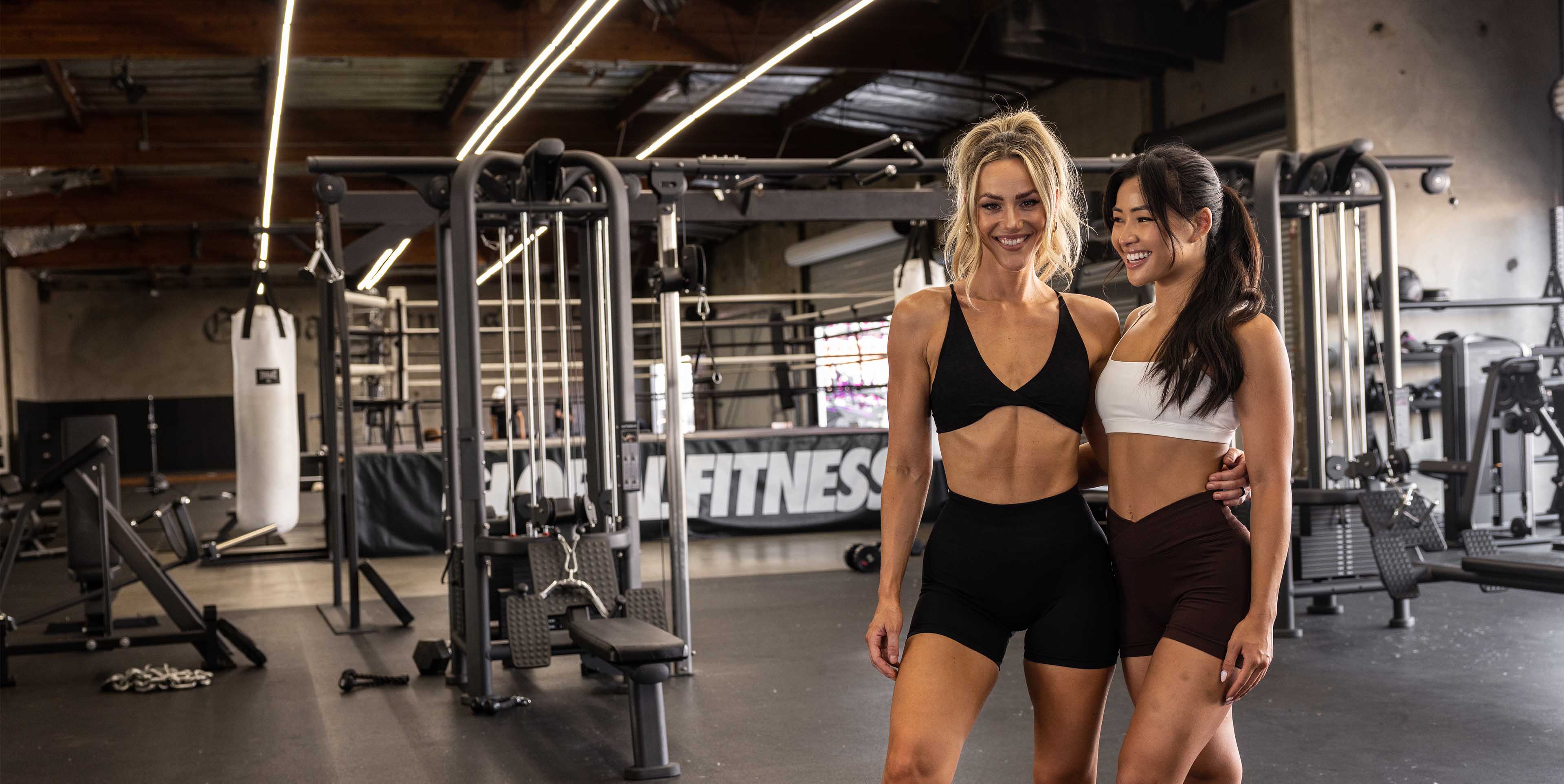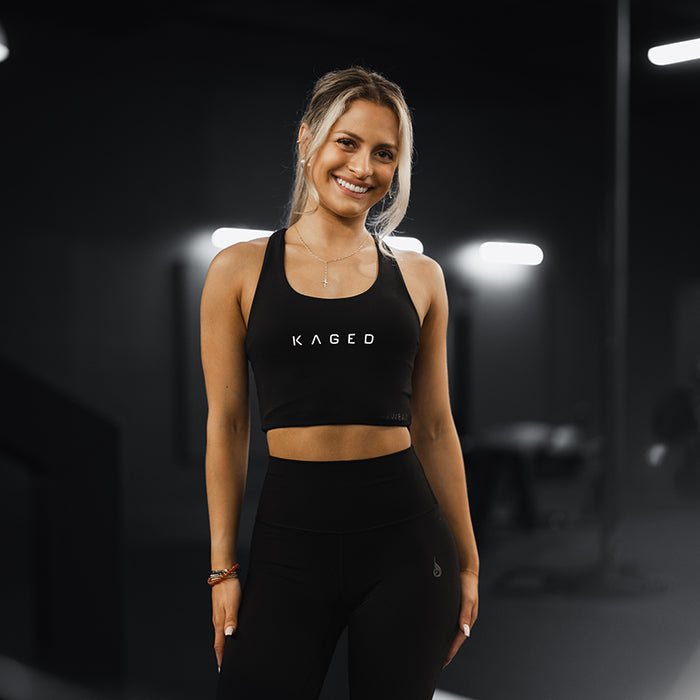Here’s the deal: You have to stay on your diet when your goal is to reduce body fat. But that doesn’t mean you have to be miserable. I’m going to provide you with a lot of information about the importance of different foods and macronutrients, as well as giving you guidance on how to put together the best program for you. Trust me, you don’t want to starve yourself when you’re trying to shed body fat while maintaining muscle mass. That only leads to losing hard-earned muscle rather than body fat.
I’m also going to include a nutrition calculator that will help you figure out how much of these foods you should be consuming as your diet progresses. And let me add a fine point to that: You need to re-evaluate your nutrition every other week (if not every week) to make sure you’re getting the results you’re seeking.
Let’s not forget, though, that this is not a weight-loss program. Your primary goal is not to reduce your weight. You are striving to reduce your level of body fat. That means that your bathroom scales are only part of the picture when providing you with updates about your program.
But you already know all about that from my Training Opener. So let’s get into what you should be eating each day. I’m going to give you an overview about calories, and each of the macronutrients. That includes telling you about the differences within these macros. Not all forms of macros are created equal.
CALORIES
You know that calories count. You aren’t going to get rid of body fat if you’re consuming too many calories each day. The question for you is: How many calories should you take in each day? My suggestion may shock you a bit. I recommend that you consume 15 calories for the body weight you expect to achieve at the end of this 8-week program. And you shouldn’t expect to drop more than about 10 pounds — with a few exceptions — because you’ll also be adding muscle.
For instance, if you weigh 150 pounds and you want to get down to 140 pounds, then you should consume about 2100 calories a day (140 pounds x 15 calories = 2100 calories). That probably sounds like a lot of calories for a diet program. But remember that you’re going to be working out with intensity, and you want to re-feed your muscles while you reduce body fat. I’ll also provide tips on when you should cut calories more or bump them up if you’re losing too little or too much bodyweight. Let me just put another bullet on that point: Starving yourself will not help you achieve your goal—it will only burn muscle tissue at the expense of body fat.
So, at the beginning of your 8-week Fat-loss Figure Trainer, you’ll begin with a nutrition program that provides 15 calories for every pound of your target weight goal that is no less than 10 pounds less than what you currently weigh.
Trust me, you’re going to burn those calories when you follow my weight training and cardio plan.
PROTEIN
When your goal is to cut body fat while retaining or even building muscle tissue, it’s crucial that you consume plenty of protein every day. And it’s also important that you get in protein at regular intervals throughout the day. That’s because you need those free-floating amino acids in your system to make sure that your body isn’t breaking down muscle tissue to fuel your workouts and supply energy for daily activities.
My recommendation is that you get in at least 40 percent of your calories from protein. If you’re that person who is consuming 2100 calories a day on this program, that means you need to consume about 210 grams of protein each day. That’s really easy to do especially if you’re following my recommendations for getting in protein supplements. You can get in almost half of that from the Micropure Whey Protein Isolate and Kasein™ I recommend you take.
In addition to providing your body with amino acids, a diet that’s high in protein will also help you recover from your intense workouts and build muscle tissue. Consuming protein also helps boost metabolism when you’re dieting so that you’re less likely to store calories as body fat.
PRIMARY SOURCES: Egg whites, eggs, chicken, ground turkey, Micropure Whey Protein Isolate and Kasein. You can also consume other forms of protein such as white fish, fatty fish, seafood, and lean beef. Vegetarian forms will work as well if you don’t eat meat.
CARBOHYDRATES
In total, about 40 percent of your daily intake of calories should come from carbohydrates. For women who are consuming 2100 calories a day that means you should get in about 210g of carbs each day.
My recommendation is that you emphasize slow-digesting forms of carbohydrates at most times of day while you’re following my 8-week Fat-loss Figure Trainer. These foods stay with you longer, and they help prevent you from feeling hungry. In addition, they help control the release of insulin, a benefit while you’re dieting. Good examples of slow-digesting carbs that I like are brown rice, oatmeal, and sweet potatoes and yams. These foods also help you replace muscle glycogen, which you burn when you’re training with intensity.
You can also consume plenty of vegetables and fruits. For vegetables, I like low-calorie green veggies that are high in fiber and nutrients. Examples include zucchini, broccoli, asparagus, Brussels sprouts and spinach. In addition you can get in raw crunchy vegetables such as celery and all forms of leafy greens. With fruits, you should emphasize those that are low in calories and high in fiber. Berries are among the best choices.
In addition, you can consume beans and lentils that are high in dietary fiber. Good examples include pinto, black, chickpeas/garbanzo beans and green peas. It’s important to get in plenty to fiber because it provides satiety, and it helps your digestive system working regularly. Not everyone handles a high-protein diet all that well when they begin, and bumping up fiber can help.
I hope it goes without saying that you’ll avoid sugar and other fast-digesting carb sources while you’re following my program. You’ll cut out desserts, table sugar, honey, brown sugar and all forms of juice (even vegetable forms since that removes the fiber that reduces insulin release).
PRIMARY SOURCES: Oatmeal, sweet potatoes, rice, almond milk and berries. You can consume pretty much any vegetable you want while you’re following my program. Some great vegetable choices include zucchini, broccoli, spinach, asparagus and cucumbers. Beans and lentils also provide plenty of fiber to help prevent your body from storing these calories as body fat.
DIETARY FATS
It may surprise you that we’re not going to eliminate dietary fats. In fact they should make up about 20 percent of your daily intake. Dietary fats are not the enemy when you’re trying to reduce body fat; they can be very beneficial so long as you don’t over consume them.
First, let me say it’s a myth that consuming dietary fat makes you fat. What makes you fat is consuming too many of the wrong type of calories. And the only type of dietary fats that you should strictly avoid are trans fats, which are chemically manipulated fats that are very unhealthy.
While every gram of fat contains 9 calories per gram (as compared to about 4 calories per gram for carbs and protein), one of the benefits of consuming fats is that they digest slowly and provide satiety, which is crucial in helping you stay on your nutrition program while shedding body fat.
With that said, you should consume about equal portions of “healthy” and “saturated” fats. This may also come as a surprise to you, but let me explain.
Healthy fats such as Omega 3s and 6s protect your heart and spur growth. While most people in the Western world tend to get in plenty of Omega 6s, they often have a deficit in Omega 3s. Good sources of Omega 3s include fatty fish such as salmon and sardines. These may not be your favorite foods, but you can also supplement Omega 3s if you aren’t getting in enough of them from foods.
Many people will tell you to avoid saturated fats, but that is not good advice when you’re cutting calories to lose body fat. Saturated fats play a crucial role, providing your body with the building blocks for many important hormones that help you add lean muscle tissue while reducing body fat. You don’t need to emphasize saturated fats so long as you’re consuming the foods I recommend—they contain the right amount of these important dietary fats.
PRIMARY SOURCES: Lean meat, dairy, whole eggs, coconut oil, natural nut butters, avocadoes and almonds. Good sources of Omega-3s include salmon, sardines, and olive oil. Other good sources of healthy fats include oils such as canola, safflower, and nuts and seeds. For saturated fats, you can really on your lean meat protein sources and whole eggs.
MEALS PER DAY
You’ll consume at least 6 meals every day while you’re following my 8-week Fat-loss Figure Trainer. Most of these meals will be fairly small to keep you from exceeding your recommended calories each day. A couple of the benefits of consuming multiple meals a day is that you’ll have a constant supply of amino acids to protect you muscle mass, and you’ll have fuel in your system to help prevent you from cheating.
You can still get in whole-food meals for breakfast, lunch and dinner, but if you’re only consuming a total of about 2100 calories a day, then you should keep the calories for these meals to about 400-500 calories each. You’ll also be consuming small snacks and supplemental protein throughout the day to get you to that 2100-calorie total.
If you’re consuming a different amount of calories, then you should punch my food recommendations into the calculator I’ve provided to figure out the serving size that’s right for you. My daily meal planner will give you a sense of which foods and how much of them you should consume at each meal.
FLUIDS
Don’t forget that you need to take in plenty of water every day. That’s especially true when you’re training with intensity and cutting calories to reduce body fat. I like to drink water when I get out of bed first thing in the morning, and I also mix Hydra-Charge in a large water bottle and carry it with me, sipping at it throughout the day. Remember that all low- or no-calorie beverages such as tea and coffee also provide fluids, so you don’t need to cut these while you’re on my 8-week Fat-loss Figure Trainer. My recommendation is that you get in about 1 gallon of water each day.
CHEAT MEALS
On this program, I’m providing you with one cheat meal on the 7th day of each week. This meal is not just a reward, but it also provides benefits as you head into your next training week. Your cheat meal will help rev your metabolism and increase your energy as you begin your next week of training. However, I’m going to provide some bullet points that I want you to take into account on each of your “Rest and Reevaluate” days on my 8-week Fat-loss Figure Trainer. You’ll see those when you reach the end of your first week of training—unless you’re the type who likes to skip ahead.
DAILY MEAL PLAN
Here’s an example of my daily nutrition plan. I’ve designed this for a woman who needs to get in about 2100 calories a day to fuel workouts while shedding body fat. You can make adjustments to the quantities I recommend if you need to get in more or fewer calories. After the meal plan, I provide a daily calculator with my directions on how to use it.
|
MEAL AND TIMING
|
FOOD
|
QUANTITY
|
|
|
Upon rising
|
Water*
|
500 ml
|
|
|
Breakfast
|
Whole eggs
|
2 extra large
|
|
|
|
Egg whites
|
4 extra large
|
|
|
|
Oatmeal
|
½ cup
|
|
|
|
Natural peanut butter
|
1 Tbsp
|
|
|
Mid-morning snack
|
Micropure Whey Protein Isolate
|
1 scoop
|
|
|
|
Frozen blueberries
|
2 oz
|
|
|
Lunch
|
Chicken breast
|
6 oz
|
|
|
|
Spinach
|
8 oz
|
|
|
|
Brown rice
|
4 oz
|
|
|
|
Coconut oil
|
1 Tbsp
|
|
|
Pre-workout (30-minutes before)
|
Pre-Kaged®
|
1 scoop
|
|
|
|
Amino Synergy
|
1 scoop
|
|
|
|
L-Carnitine
|
1 serving
|
|
|
Post-workout
|
Micropure Whey Protein Isolate
|
1 scoop
|
|
|
Dinner
|
Lean flank steak
|
6 oz
|
|
|
|
Broccoli
|
8 oz
|
|
|
|
Sweet potato
|
1 medium
|
|
|
|
Salad green
|
As much as wanted
|
|
|
|
Vinaigrette
|
To taste
|
|
|
|
Olive oil
|
½ Tbsp
|
|
|
Bedtime snack
|
Kasein
|
1 scoop
|
|
|
|
Natural peanut butter
|
1 Tbsp
|
|
* Add Hydra-Charge if desired
KAGED MUSCLE FOOD CALCULATOR
This Kaged Muscle calculator I’m providing is easy to use. All you have to do is plug in your data, and the calculator will provide you with the amount of each food you should consume each day.
Macronutrient Breakdown
| Total Calories: |
0 |
| % Protein: |
Calories from Protein: 0
g of protein daily. |
| % Carbohydrates: |
Calories from Carbs:
g of carbohydrates daily. |
| % Fats: |
Calories from Fat:
g of fats daily. |
Estimates do not include women who are pregnant or breastfeeding. Calculations are to be used as a general guideline. Always consult your doctor before beginning any diet or exercise program. Total calories are calculated for a moderately active woman training 5 days per week as outlined in this program.
One thing you should know, though, is how to convert ounces to grams (as a weight). The easiest way to convert is to recognize that 100g is equal to about 3.5 ounces of a food. The other ways is to understand that 1 oz is equal to about 28.5g.
So here’s how this works:
If you are supposed to consume 6 oz of lean flank steak, you can multiply that by 28.5 to figure out how many grams you’re supposed to consume.
6 oz x 28.5 = 171g
On the other hand, if you’re trying to figure out how to convert 200g of oatmeal into ounces, then you multiply grams by 0.35.
200g x 0.035 = 7 ounces
The food database also provides other food options than those in my “primary sources” and my daily meal plan to help you create more variety in your program.
KEEP IT SIMPLE
Take my basic recommendations in ounces and stick with those if you aren’t up for the math that converts grams to ounces. Just use your common sense. 100g of food is about 3.5 ounces. And you have a fairly clear sense of what a diet portion of most of these foods should be.
Don’t forget that you should never starve yourself—hunger is a sign that you’re burning muscle tissue. You can always consume low-calorie vegetables that are high in fiber. Also keep in mind that Kasein is a protein source that digests slowly and adds only 150 calories for a serving of Chocolate. Raw or cooked vegetables and a serving of Kasein will help you get through the troughs in your diet. Trust me, you’ll have a few of those moments. I’ve been there.
